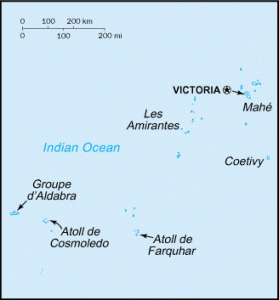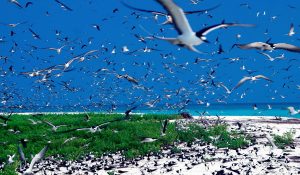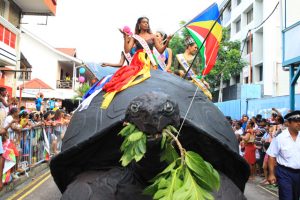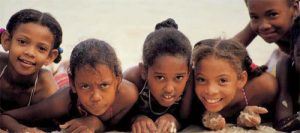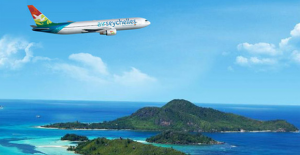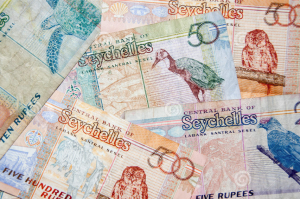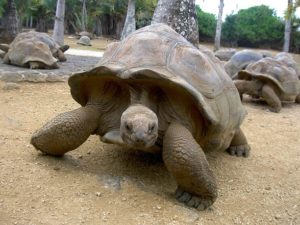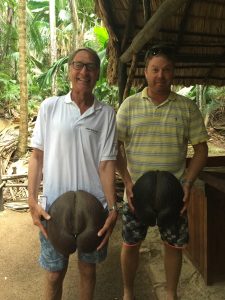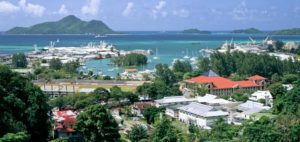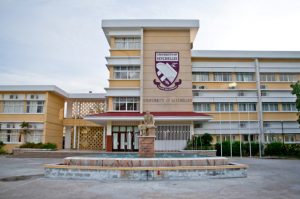Today we thought we’d share a few interesting facts about the Seychelles Islands that you probably didn’t know:
1. The 115 islands of the Seychelles stretch across the Indian Ocean, but its three main islands, Mahé, Praslin, and La Digue form the main hub of culture and commerce and contain nearly the entire population of the republic of just over 89,000 people.
2. The landmass of the Seychelles is only 459 km2, however the islands are spread over an exclusive economic zone of 1,374,000 km2 of the surrounding waters. Other than the main islands of Mahe, Praslin and La Digue the majority of the country’s 115 islands are unoccupied and are thus set aside as nature reserves.
3. Seychelles has the smallest population of any African country With a total population of approximately 90,024, Seychelles has the smallest population of any African country. The next-smallest nation is São Tomé and Principe, which has approximately 100,000 more people.
4. With no indigenous population, the Seychellois people descend from immigrants. The majority of immigrants to Seychelles came from France, India, and China, along with many African countries. As the republic has both a French and English colonial history, theses are the two official languages of Seychelles, along with Seychellois Creole.
5. The opening of the Seychelles International Airport in 1971 led to a tourism-centric shift in the nation’s economy. Initially an agriculturally-focused country, its main plantation crops were cinnamon, vanilla, and copra.
6. The national currency of the Seychelles, Seychellois rupee (SCR) was de-pegged in 2008 to encouraged more foreign investment. The Seychellois rupee was initially tied to several international currencies, however it was decided to de-peg the rupee and allow it to float freely in 2008 in an attempt to attract further foreign investment into the economy.
7. Discovered in 1770, the Seychelles sadly lost several of its endemic species in its formative years including the chestnut-flanked white eye, the Seychelles parakeet, saltwater crocodile, and many of its giant tortoise population, however thanks to strict conservation efforts in recent decades, the Seychelles has managed to retain more of its biodiversity than many other islands nations and is working on repopulation of the giant tortoise population. You can read about the giant tortoise in our blog post “Gentle Giants: The Aldabra Giant Tortoise”
8. Nicknamed the “love nut,” the coco de mer palm tree is only found on the islands of Praslin and Curieuse in Seychelles. It produces a “double” coconut that resembles a pair of buttocks, and is the world’s heaviest seed pod. You can read more about this unique nut on our blog post “You’ve Seen The Love Bug, Now See The Love Nut”
9. Though much exploration has been done, no natural resources of gas or oil around the waters of Seychelles are known to have been found. Seychelles imports its oil from the Gulf region, specifically Kuwait and Bahrain, and has had to import three times as much oil as is needed internally in order to re-export the surplus to calling ships and aircraft.
10. The University of Seychelles was established in 2009 to counteract “brain drain”, as many of Seychelles’ best and brightest students were leaving the Seychelles to study at universities abroad. Nicknamed “UniSey,” the university was established in conjunction with the University of London and partners for collaboration and student exchange with the Gibraltar, which is also in the midst of developing its first university.
